Panamá Viejo and Casco Antiguo
Panamá Viejo is a historic site that has been recognized by UNESCO for its importance. It was the first Spanish settlement on the Pacific coast, founded in 1519. In 1671, the city was destroyed because of a major pirate attack and moved to a new district called Casco Antiguo. The site features impressive ruins, including churches, homes, and forts, showcasing its rich history and architecture.
Once a busy center for trade between the Atlantic and Pacific oceans, Panamá Viejo faced many challenges, such as pirate attacks and natural disasters. Today, it symbolizes strength and survival, offering a glimpse into the early days of colonization and the mix of indigenous cultures with European influences. Ongoing preservation efforts allow visitors to explore and appreciate its role in shaping the history of the region.
Table of Contents
Where is the location of Panamá Viejo and Casco Antiguo?
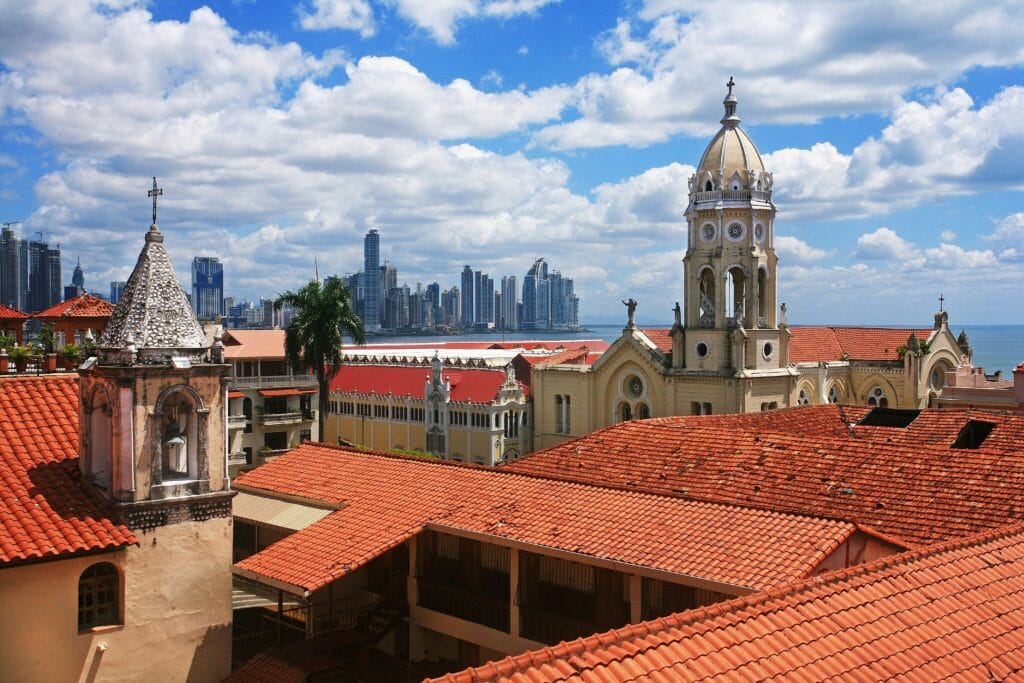
Panamá Viejo and Casco Antiguo are two historic areas in Panama City, Panama. Panamá Viejo is the site of the original city, which was built a long time ago and now consists of ruins. This area is located to the east of the modern part of the city. After it was attacked by pirates, the city was moved to a new location called Casco Antiguo, or Casco Viejo. This new town is situated southwest of Panamá Viejo and is famous for its beautiful colonial buildings and lively atmosphere.
What is the inscription of Panamá Viejo?
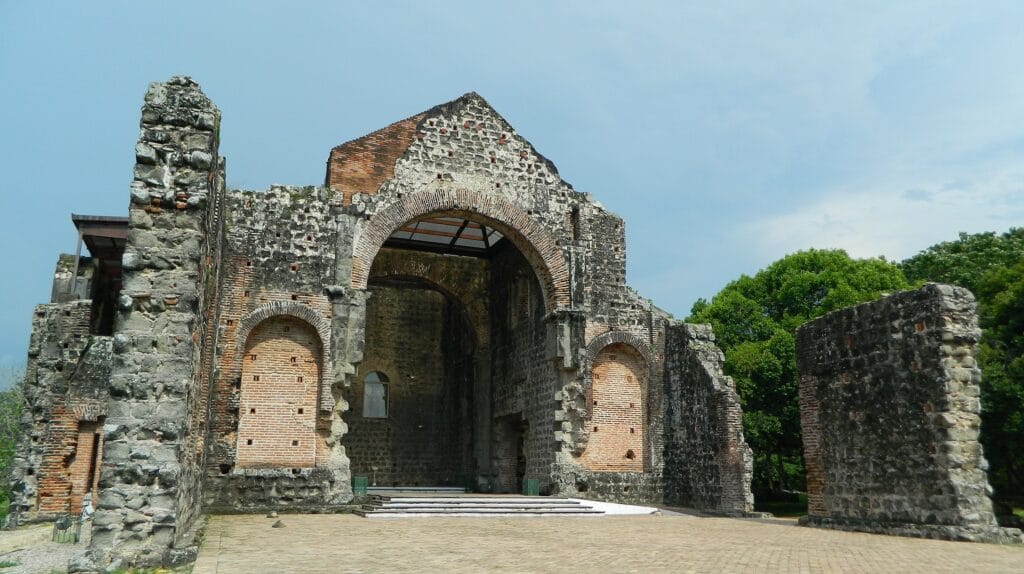
Panamá Viejo, an important archaeological site, was recognized by UNESCO World Heritage Site in 1997 because of its rich history. In 2003, the protected area was expanded to include even more significant parts. Panamá Viejo holds great importance as it showcases the cultural and historical value of the region.
What is the history of Panama City? What is the Panama City famous for?
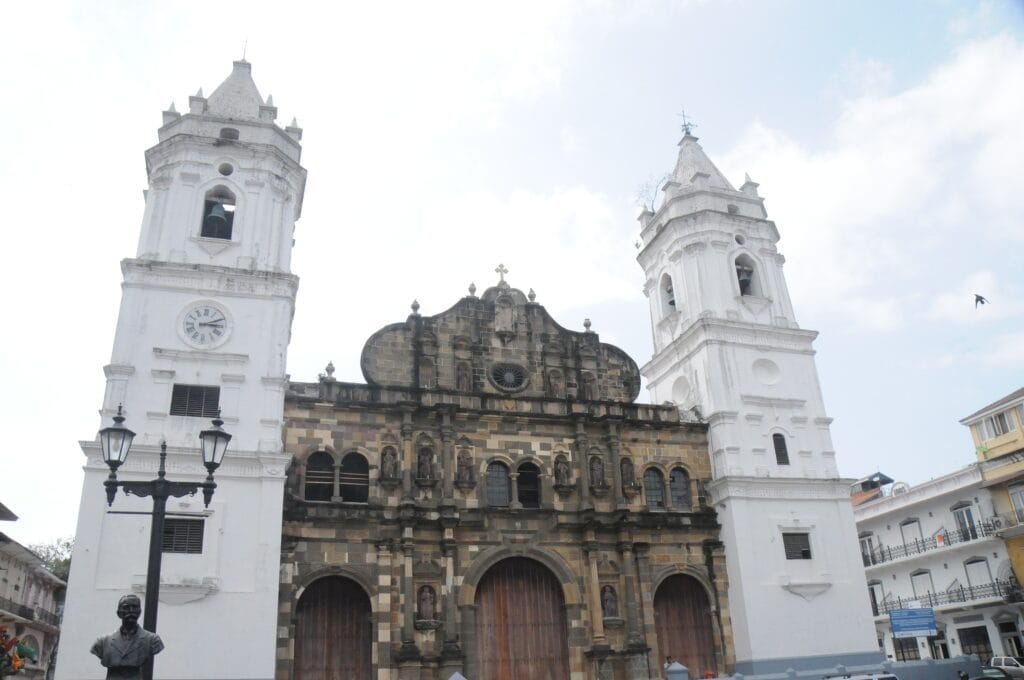
Panama City is the oldest European settlement still living on the Pacific coast of the Americas. It was established in 1519, just a few years after the Spanish explorers found the South Sea in 1513. The original settlement, known today as Panamá Viejo, includes the history of the Cuevan indigenous people who lived there. This area is now protected as a heritage site and spans 32 hectares, allowing visitors to see its historical significance.
In the 16th and 17th centuries, Panama City was a significant colonial center and the place where critical legal matters were decided. It served as a crucial link for travel and trade between different parts of the world. The city’s development is reflected in its beautiful stone buildings, both public and religious, which were built with the riches gained from trade during the colonial era.
What is the history of Panamá Viejo?

Panamá Viejo was established in 1519 by the Spanish explorer Pedrarías Dávila. It became the first European town along the Pacific coast of the Americas. Throughout its 152 years of existence, it faced many difficulties, including a rebellion by enslaved people, a large fire, and a powerful earthquake. Sadly, in 1671, the settlement was completely destroyed by a major pirate attack. Abandoned in the mid-1600s, the area was eventually replaced by a ‘New town’ or the ‘Historic District,’ also called Casco Antiguo or Casco Viejo. This new neighborhood has kept its original streets and buildings, showcasing a unique blend of Spanish, French, and early American architectural styles.
The ruins of Panamá Viejo are tied to important moments in history. This city was more than just a place to live; it served as a key center for trade and a crucial point for sending gold and other valuable property back to Europe. Panamá Viejo helped spread European culture and significantly connected the Americas with Europe, highlighting its importance in history.
Where did Panamá Viejo moved to?
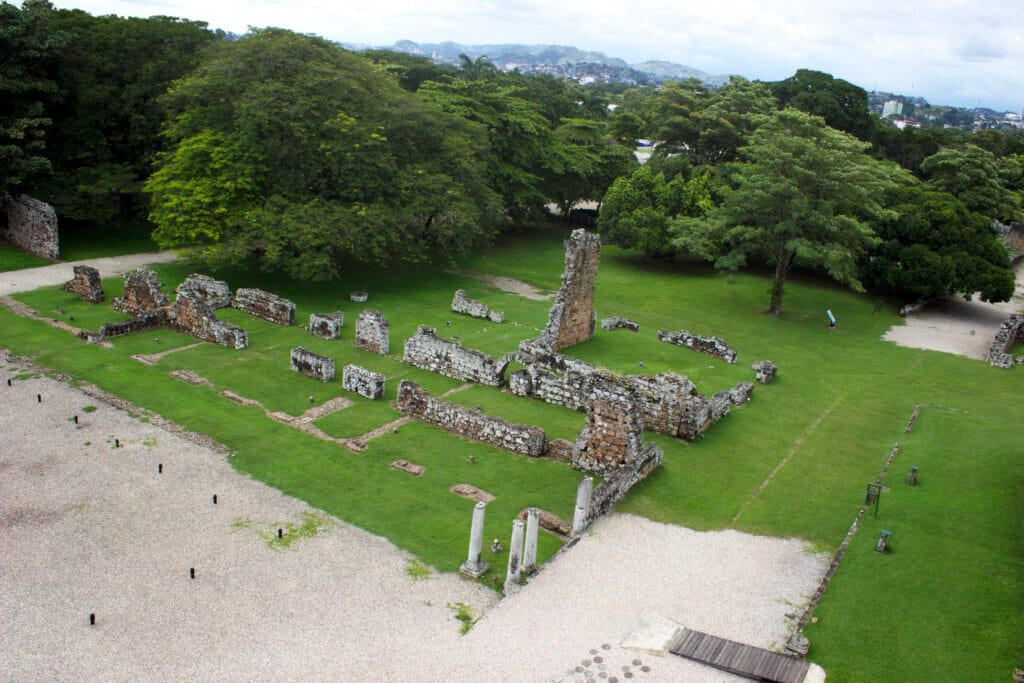
The historic area of Panama City, called Casco Viejo or Casco Antiguo, is a UNESCO World Heritage site, which means it’s recognized for its cultural significance. After the original city, Panama Viejo was destroyed by fire, the community moved to this new district called Casco Viejo or Casco Antiguo. In 1673, they settled about 7.5 kilometers southeast, choosing a small piece of land at the foot of Ancón Hill. After it was moved and not rebuilt, Panamá Viejo kept its original design, which had a slightly uneven grid with blocks of different sizes.
This new location was near the islands that functioned as the port and close to the river that eventually became the Panama Canal’s entrance. It was chosen for its better access to fresh water and its potential for strong defenses. The military engineers used the area’s natural features to build a protective wall around it, which helped prevent attackers from approaching by sea.
What is the architecture of Panamá Viejo?
Panamá Viejo and Casco Antiguo, the Historic District, showcase a fascinating blend of architecture styles from the 16th to the 18th centuries. These areas play a crucial role in understanding the history of Spanish colonial society. Panamá Viejo, in particular, is a great example of the building styles and techniques used during that time.Some remarkable examples of homes built during the colonial period, especially the Casa Góngora from the mid-18th century, exist. Additionally, many houses built between the mid-19th century and the early 20th century show how ideas about living spaces changed from colonial times to the modern era.
Today, Panamá Viejo still displays its original layout, which features a simple grid pattern of blocks of various sizes. Archaeological findings reveal the early design of the streets and the locations of homes, churches, and public buildings.
What is the architecture of Casco Antiguo?
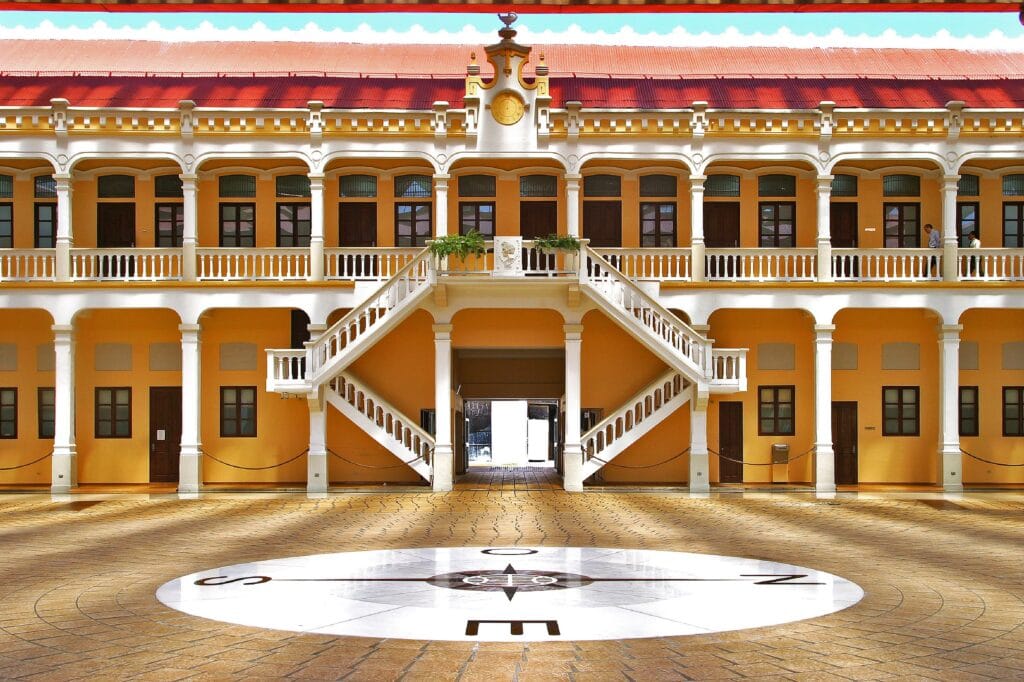
The Casco Antiguo (Historic District) looks unique because it features a mix of 19th- and early 20th-century buildings. These buildings are inspired by late colonial, Caribbean, Gulf Coast, French, and mostly Neo-Renaissance styles. Between the 19th and early 20th centuries, building styles changed a lot, but the overall layout stayed the same. The Historic District has a complex grid of streets and blocks that vary in width and size. Its design includes fortifications based on late Renaissance plans. This layout is a great example of 17th-century colonial town planning in the Americas.
What are the famous places in Casco Antiguo?
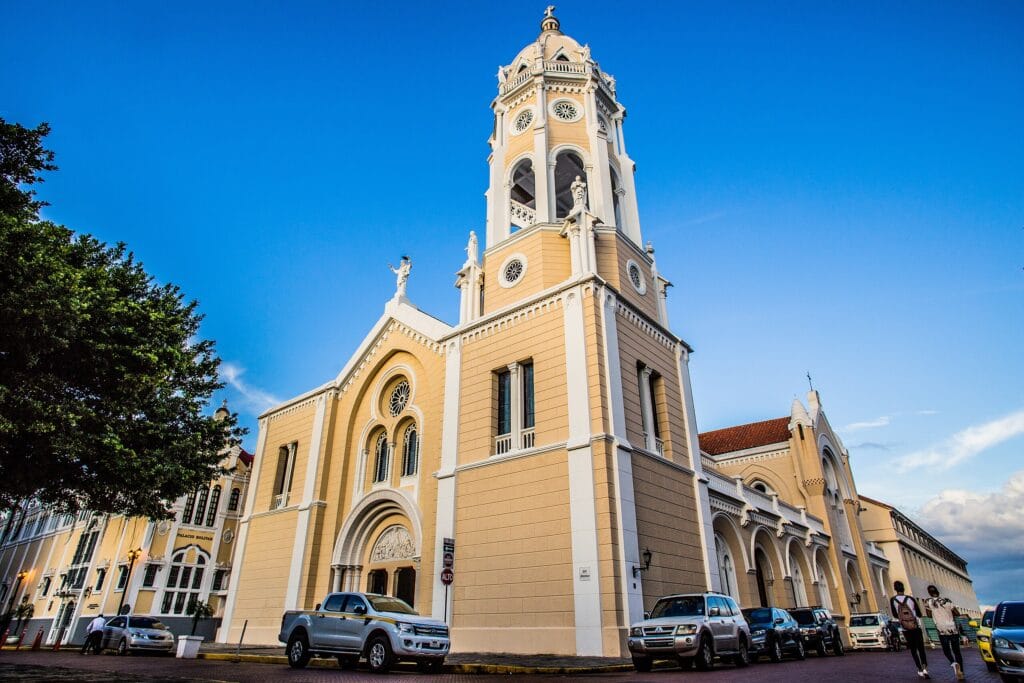
In Casco Antiguo (Historic District), you can find many well-known attractions. Some of the highlights include beautiful churches, the Presidential Palace, the main square, and the Municipality’s House. There are also important buildings from a more modern time, such as the Canal Museum (which used to be the Grand Hotel), the National Theatre, Ministry of Government and Justice, and the Municipal Palace. These sites are great for exploring the history and culture of the area.
The Presidential Palace has a rich history. Initially constructed in the late 1600s and updated throughout the 18th to early 20th centuries, it highlights the many changes that have shaped the surrounding Historic District over the years. Each of these structures tells a story about the more recent past.
Why do we need to preserve Panamá Viejo and Casco Antiguo significantly for us and future generations?
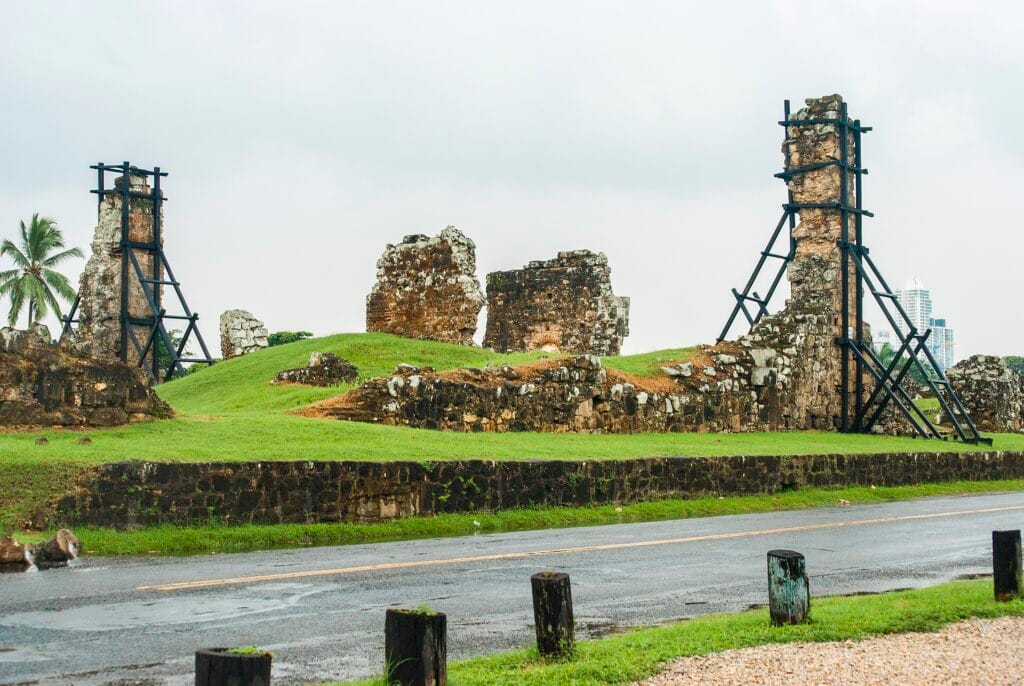
Preserving Panamá Viejo and Casco Antiguo is really important for several reasons. First, it’s a special place recognized by UNESCO for its historical and cultural value. It tells the story of Panama’s early colonial days, and by preserving its ruins, we help future generations learn about and appreciate the area’s rich history.
Maintaining Panamá Viejo and Casco Antiguo can also boost the local economy through tourism. Visitors will come to see the ruins, which creates jobs and supports the community. Lastly, these ruins remind us of our shared past, helping us feel a connection to our history and culture, which is essential for our growth and development as a society.
Why should you visit the Panamá Viejo as a visitor?
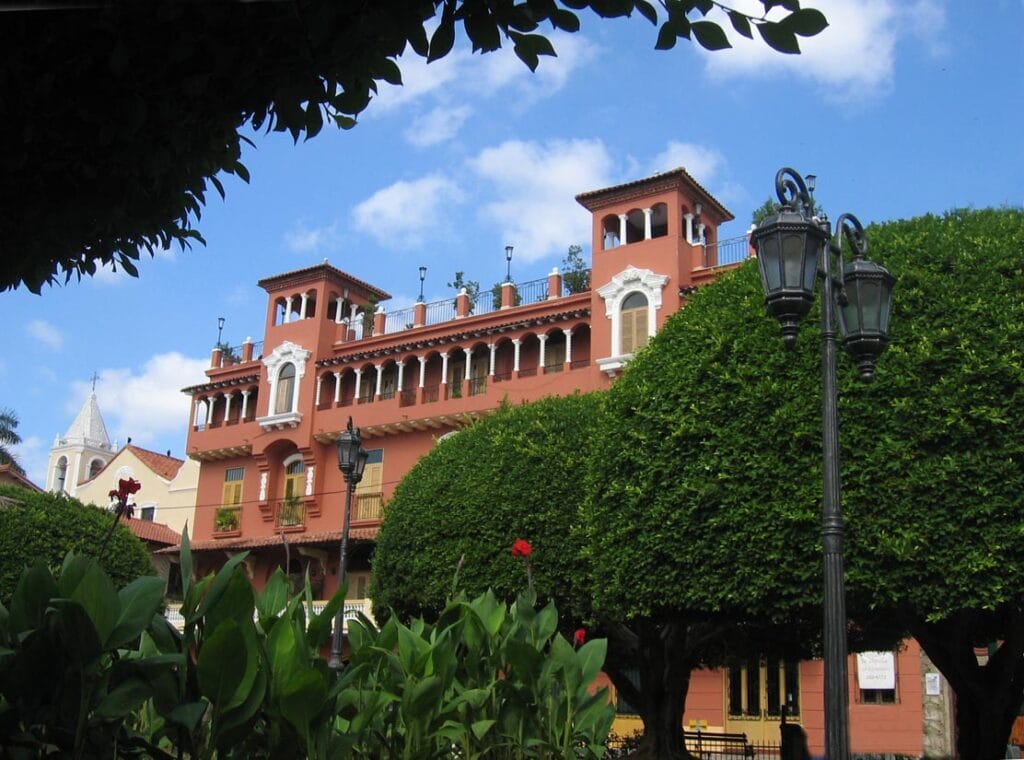
Visiting Panamá Viejo is a wonderful chance to step back in time and experience history. This area is where the original colonial city of Panama was built. You can wander through fascinating ruins that tell stories from the past, including the famous cathedral tower, which gives you beautiful views of the city. The site is important culturally, showing a mix of native and colonial influences. Plus, there’s a nearby museum that shares more about the history and heritage of the area, making it a great place for anyone interested in learning and exploring.
Are you prepared to capture stunning photos of the scenic views from the tower at Panamá Viejo?
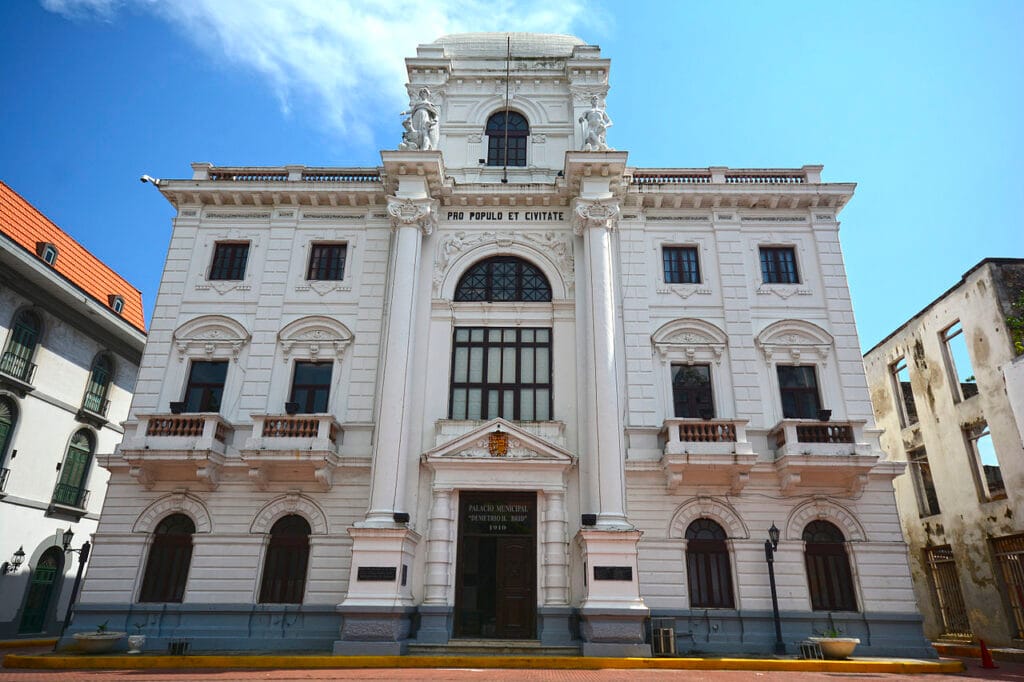
Don’t miss the chance to immerse yourself in the rich history and stunning landscapes of Panamá Viejo! Plan your visit today and discover the remnants of this once-thriving city, where each stone tells a story. Book your trip and get ready to step back in time while enjoying the beauty of Panama’s past and present!
When you’re planning your adventure, enhance your travel experience by using trusted websites like GetYourGuide and Trip.com! These platforms offer a variety of enjoyable tours, activities, and accommodation options to suit every traveler’s needs.
- GetYourGuide offers a wide variety of unforgettable travel experiences. You can choose from tickets to Popular Attractions, Transportation Options, City Passes, Guided Tours, Hop-on Hop-off Bus Services, Water Activities, Day trips, and Trips that last several days in many locations around the world.
- Trip.com makes it easy to combine Flights and Hotels, Trains, Car Rentals, Airport Transfers and Attractions & Tours to create the perfect travel package tailored just for you.
Start your journey with our reliable travel partners and unlock the best of Panamá Viejo and beyond!
Disclaimer
In this post, affiliate links are included and those links are associated with well-known travel companies such as GetYourGuide and Trip.com. If you choose to purchase or book a service using those links, we may earn a commission at no additional cost to you. We focus on recommending products and services that are helpful to you and we appreciate your support!
Conclusion
We hope you find this information helpful for your next trip. If you want to learn more, check out our other travel blog posts. We cover many topics, including amazing places to visit and helpful travel tips. Whether you’re looking for hidden gems, new cultures, or helpful advice, there’s something for everyone.
Additionally, If you enjoyed the information we shared, don’t forget to explore our other travel product reviews to make your journey even better! Please take a moment to look through our previous posts and let your sense of adventure guide you on your next journey! We wish you happy travels and look forward to sharing more with you in our next blog post!




